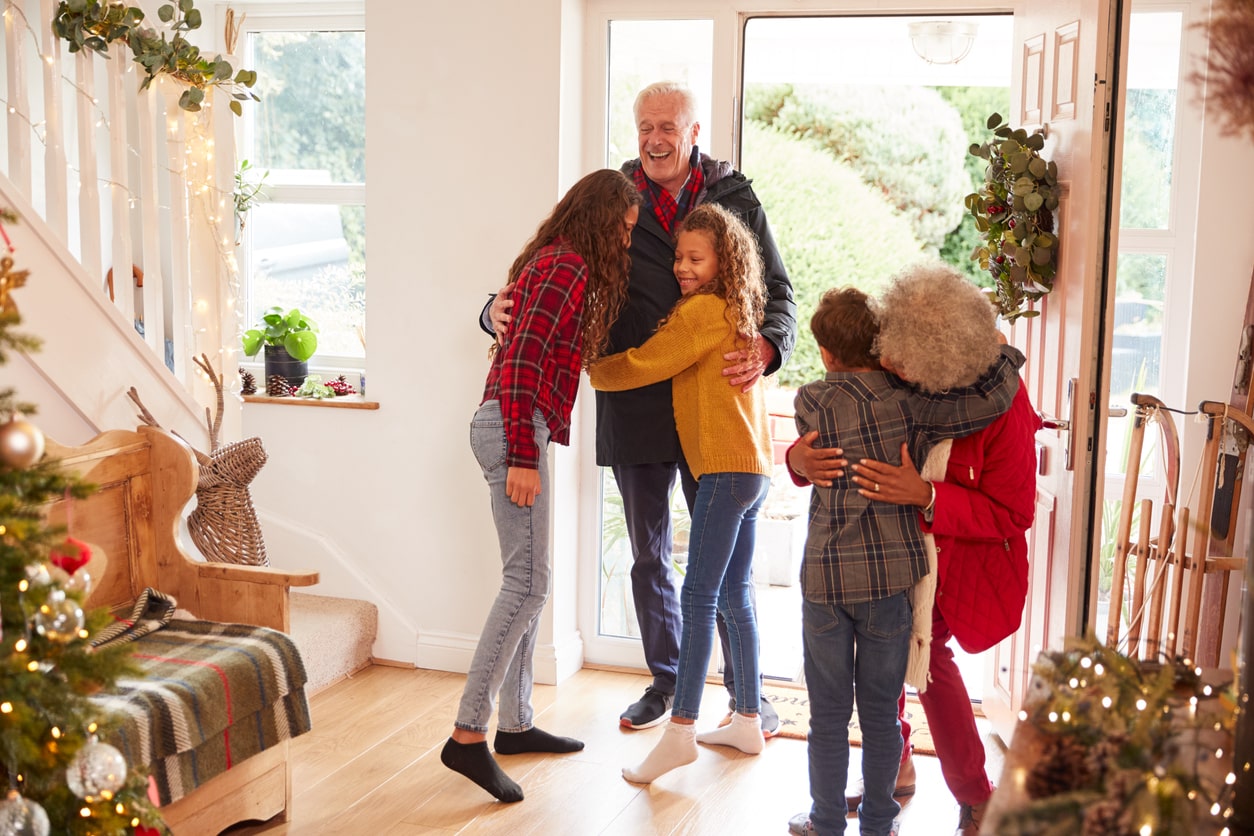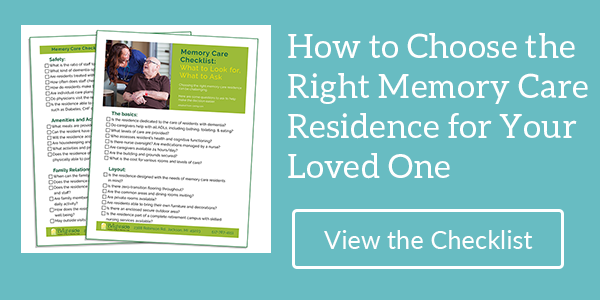
As the holidays approach, you’re probably planning parties, family functions and other activities to make the most of the season. But don’t forget the holidays are also a good time to check on parents to be sure they are safe, healthy and enjoying the season too. Here are a few tips to help you make the most of a visit with your senior parents.
Perform a health check
Even if you visit or call regularly, the end of the year is a great time to thoroughly assess your senior’s health. Start by asking them about recent doctor’s appointments and how they are feeling. If they have physical challenges like troubling walking without a walker or cane, ask them if their equipment is working and if there is anything else you can provide. Other health aspects that can change over time and signal a need are:
- Eyesight – Have they experienced changes in their ability to see well? Remember that poor eyesight can lead to falls which are one of the greatest dangers to the elderly.
- Noticeable weight loss or gain – Loss of appetite as well as a poor diet can become a problem quickly.
- Hearing loss – Can they hear the doorbell, the telephone and the TV at normal volume? Do you often have to repeat yourself to them?
- Changes in daily personal hygiene – When a normally neat and well-dressed person suddenly doesn’t care what they look like it can be a sign of deeper problems like depression and loneliness.
- Memory loss – Although memory loss is often considered just a part of growing older, it can also be more than a little annoying, even dangerous, especially if they are alone and/or are still driving. If they haven’t yet discussed memory loss with their physician, it should be at the top of the list for the next appointment.
For more about signs that your senior’s health may need a second look, the Mayo Clinic’s article, “Aging Parents: 8 warning signs of health problems,” is a great resource.
Perform a safety check
Your parent’s home can be a source of security as long as everything is in order and well-maintained. In fact, according to the Consumer Product Safety Commission, “…on average 1.4 million people aged 65 and older are treated in hospital emergency rooms each year for injuries associated with consumer
products.” When you visit over the holidays, take the time to go room-by-room to assess safety concerns and eliminate or minimize hazards. Here are a few of the things to look for and correct.
- Floors – Check floors for bumps, wrinkles in carpets, and rugs that can slide or become a trip hazard. Also look for other fall hazards such as piles of newspapers, magazines or books on the floor, wires and cords that cross walkways, and that everything is in good condition.
- Lighting – Keeping your senior’s home well lit is key to avoiding falls and other mishaps that can put them in the hospital. Test bulbs in every room and replace any that are burned out or not bright enough. Ask your senior if they have trouble seeing in any area and take steps to improve lighting in each. You might also consider lighting aids that enable them to turn lights on and off easily such as motion sensors, floor buttons, and accessible switches, and make sure every room has at least one nightlight. Since we need more light as we age to safely conduct our daily lives, consider adding task-specific lamps in areas like the kitchen, bathroom, office, and hobby nooks. To find out more about how to best light your senior’s home, Lamps USA provides an in-depth look at lighting, aging and how to get it right in the article, “30 Lighting Tips for Seniors.”
- Check appliance maintenance needs – From your parent’s microwave to their furnace and water heater, inspect all appliances (even small ones like space heaters) to make sure they are in top working condition. If in doubt, hire a professional to repair them or perform necessary maintenance to make sure they will work when needed.
- Assess accessibility needs – Inspect areas like toilets, bathtubs, showers, and stairways for grab bars and railings that are sturdy, well-placed and professionally installed. It may also be a good time to install a bath or shower seat that will minimize slip-and-fall hazards while bathing. If your parent has trouble with steps, you might also consider installing a ramp outside and/or a stairlift inside. For more about accessibility for seniors, Disabled World’s article “Home Accessibility and Safety for Seniors,” provides a wealth of information.
Double check the car
If your parent is still driving, take a few minutes to look over their car to be sure they are still doing so competently. Here’s are a few tips to follow.
- Check for damage - Inspect the outside of the car for scratches, bumps and dents. Unless they have been in an accident you are aware of, these may be signs of failing ability, especially if they are not aware of the damage.
- Check maintenance - Inspect maintenance and service records to be sure oil changes are regular, and other vital upkeep is being performed. Make sure all lights and the brakes are in good working order.
- Check tires – Are tires worn or under-inflated? Also be sure the tires are appropriate for safe winter driving.
- Take a test drive - Ask your parent to drive you somewhere so you can observe them behind the wheel. Signs to watch for are distracted driving, slowed reaction times, inability to see signs, traffic signals or other cars, and inability to hear sirens or horns. Also watch for how well they observe the correct speed limits and maintain that correct speed consistently.
If you think your parent is struggling to drive safely, learn more from the AARP article, “Warning Signs of Unsafe Driving.” If you feel it’s time to talk about turning over the keys, DailyCaring.com’s article, “4 Tips to Get an Elderly Person to Stop Driving,” can help make the transition easier for all.
Make them a part of the holiday
Since holiday decorating can be dangerous for seniors, plan to spend a little time helping them decorate indoors, put up a tree or other traditional trimmings and maybe even string some lights outdoors. In so doing, you allow them to enjoy the season without risking falls from step stools and ladders, and you show them how much you care about their well-being too.
Even as you make a close inspection of their health and home, be sure to include your senior in your holiday plans. The holidays can be a time of stress and sadness for those who feel alone and left out, so invite them to join you and your family in your holiday fun. If they prefer to stay home, especially if the weather is bad, make plans to visit and make cookies, share an eggnog or just sit and reminisce about holidays gone by. For other great ideas, the Providence Health & Services article, “Reconnecting with the elderly around the holidays,” is a great place to start.
For more health and safety information for seniors, the Consumer Product Safety Commission’s booklet “Safety for Older Consumers – Home Safety Checklist,” and AARP’s HomeFit series cover every base and can help you make the most of your time with your loved ones.
Happy Holidays!

